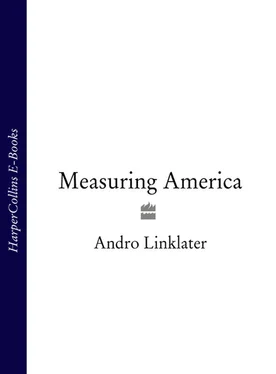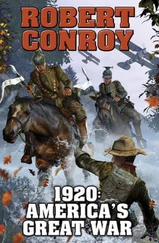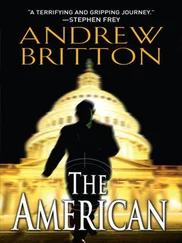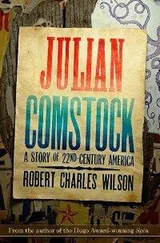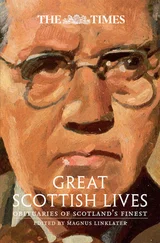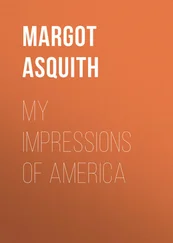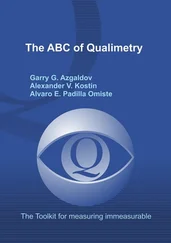1 ...7 8 9 11 12 13 ...18 This was the time when the uncontrollable surge of German immigrants, most of them Mennonites and Moravians, followed by the Scotch-Irish, began to move into the area, upsetting Penn’s surveyed plan. Pennsylvania alone had an estimated one hundred thousand squatters by 1726, and two-thirds of the colony settled in the 1730s was occupied illegally. Further south in the Virginian piedmont, William Byrd watched crowds of Scotch-Irish squatters taking whatever land suited them, and was reminded of ‘the Goths and Vandals of old’. In Massachusetts, settlers moved out into the hilly Berkshires, and in New York up the Mohawk valley, constrained only by fear of French attack. In an attempt to retain control, the Massachusetts government established a string of new townships like Litchfield and Great Barrington in the Berkshires during the 1720s. Elsewhere, proprietors in Maryland and Pennsylvania, great landowners in New York and northern Virginia, either offered leases to squatters on their land, or tried to drive them out. Royal governors in Virginia and the Carolinas invented schemes to make the squatters legal by offering free land in new townships created on the frontier following the New England model.
None of it worked. The lure of so much property was irresistible. In Virginia, Governor Spottswood himself succumbed to the land rush and claimed eighty-five thousand acres of the newly opened uplands for himself, and in the Carolinas the system of land allocation was overwhelmed by the demand for surveys. Amateur surveyors were hired to help. Wildly unrealistic plats were registered. No one minded. Within two years, warrants were issued for about 600,000 acres, and nineteen thousand of them went to the Governor, while the Assembly Members voted themselves six thousand acres apiece. Between 1731 and 1738 approximately one million acres were registered in Carolina, and when the Surveyor-General, Benjamin Whitaker, complained in 1732 that ‘the law enables any common surveyor to perpetuate frauds for his employers through not having to turn his survey into any office’, the outraged Assembly sent him to prison for contempt. By then the proprietors had lost all control, and in despair turned the colony over to the Crown.
Georgia’s proprietors, particularly the idealistic James Oglethorpe, also intended to survey the colony’s territory before distributing it in order to create a slave-free society of smallholders and farmers. In the beautifully proportioned squares and gardens of the capital, Savannah, can be seen all that remains of the plan, for here too the temptation of so much potential property could not be resisted. South Carolinian planters moved across the border, and both they and the Georgians claimed vast estates beyond the Savannah river, outside the squares surveyed by Georgia’s founders. In 1751, these proprietors also gave up and returned the colony to royal control.
By that year the population of the Atlantic colonies had risen to over one million, far outstripping that of New France and outnumbering the Spanish-descended inhabitants of New Spain, who had been there for more than two hundred years. Families were larger than in the Old World because farms were bigger and more hands were needed to work them, but there was also the lure of unclaimed acres that drew the dispossessed from the far side of the Atlantic. If they could not pay their own passage, they came as indentured servants, willing to act as near-slaves for a number of years for the chance of eventually acquiring property.
Even in Elizabeth I’s reign, the enclosures in England deprived so many villeins and labourers of the common land and common grazing on which they depended to keep their families alive that they were forced to beg in the towns, giving rise to a series of ferocious laws against ‘sturdy rogues and vagabonds’ and ‘wandering beggars’. They were joined in the seventeenth century by the Diggers, radical Puritans who had fought for Oliver Cromwell in the English Civil War and who, having defeated the King, tried to reclaim common land by digging and cultivating it – hence their name. ‘True religion and undefiled is to let everyone quietly have erth to manure [cultivate],’ wrote their leader, Gerrard Winstanley, ‘that they may live in freedom by their labours.’ But Cromwell and his generals were property-owners to a man, and promptly turned them out. When enclosure reached Scotland in the eighteenth century, and improving landlords in the Lowlands and clan chiefs in the Highlands took as their own the land that their tenants and clansmen once held in common, the newly dispossessed provided more raw material for the colonies.
There was a certain irony that these newcomers should now be amongst the hungriest of all America’s property-owners, relying on the surveys and chains that had driven them off their homeland. But in 1628 the landed gentry in Parliament had forced King Charles I to accept the Petition of Right which guaranteed the right of the property-owner not ‘to be put out of his land or tenements … without being brought to answer by the due process of law’; and none knew better than the dispossessed how powerful was the lure of owning a farm which could not be taken away.
It was from England that the idea of land as property had originally come, and it was no coincidence that with it had arrived Gunter’s chain – twenty-two precisely calibrated yards, each exactly thirty-six inches long (plus that miserly 0.015 of an inch extra that would not be discovered for almost two centuries) – and the practice of showing an estate’s exact extent on a surveyor’s plat drawn to scale. From England came too the philosophical underpinning developed by John Locke that the individual earned a right to property by ‘mixing his labour’ with what had once been held in common. Every landowner who had ever enclosed, manured and improved a field understood this proposition perfectly, but by 1750 the American idea of property had evolved further.
What surveyors like George Washington, Peter Jefferson and Daniel Boone were doing was speculating on the future value of land. However much they could earn from surveying fees, it was dwarfed by the profits to be made from buying good land cheap. ‘The greatest Estates we have in this Colony,’ the young George Washington acknowledged after a summer spent surveying the vast Fairfax estates, ‘were made … by taking up & purchasing at very low rates the rich back Lands which were thought nothing of in those days, but are now the most valuable Lands we possess.’ In 1752, at the age of twenty, Washington purchased 1459 acres in Frederick County, in the Virginian piedmont, the first step in a career of land-dealing that eventually made him owner of over fifty-two thousand acres spread across six different states. He usually ‘improved’ his holdings by clearing them of trees, but for most speculators their property rights did not depend on any idea of ‘mixing their labour’ with the soil. Their sole claim to ownership lay in the survey and the map that came from it.
In 1751 Benjamin Franklin stated openly what was apparent to authorities on either side of the Atlantic, that the population of the colonies was growing at such speed it would double to 2.6 million by 1775. It would not be long, he predicted provocatively, before ‘the greatest number of Englishmen will be on this side of the water’. To some Americans, that prospect raised constitutional questions about being controlled from across the Atlantic; but to the planters of Virginia and the Carolinas, and to financiers in New York and Philadelphia, it also indicated that the purchase of American land was a wise investment. Nowhere was it cheaper than west of the range of mountains known generally as the Appalachians, but divided from south to north into the Blue Ridge, the Alleghenies and the Adirondacks.
Читать дальше
